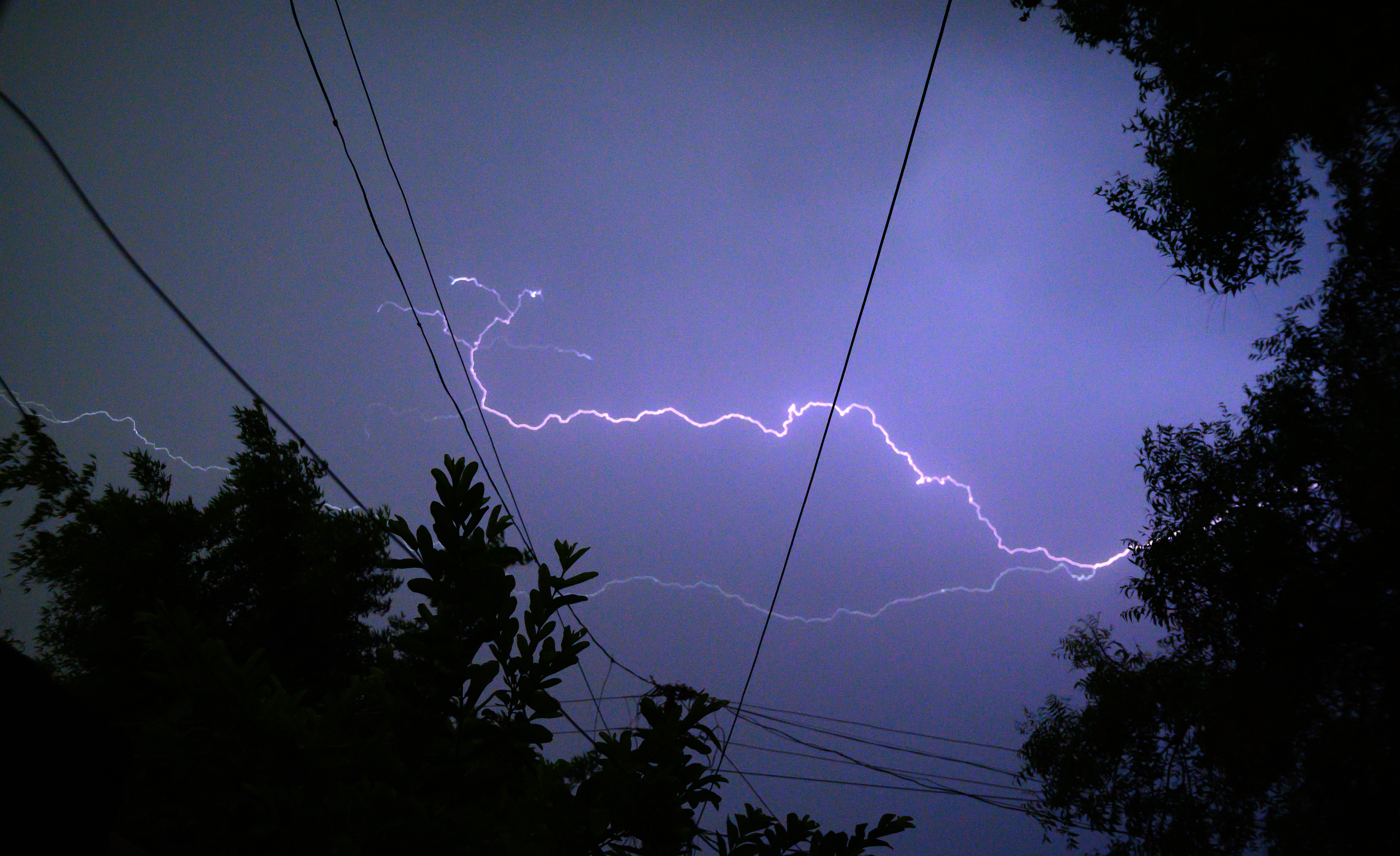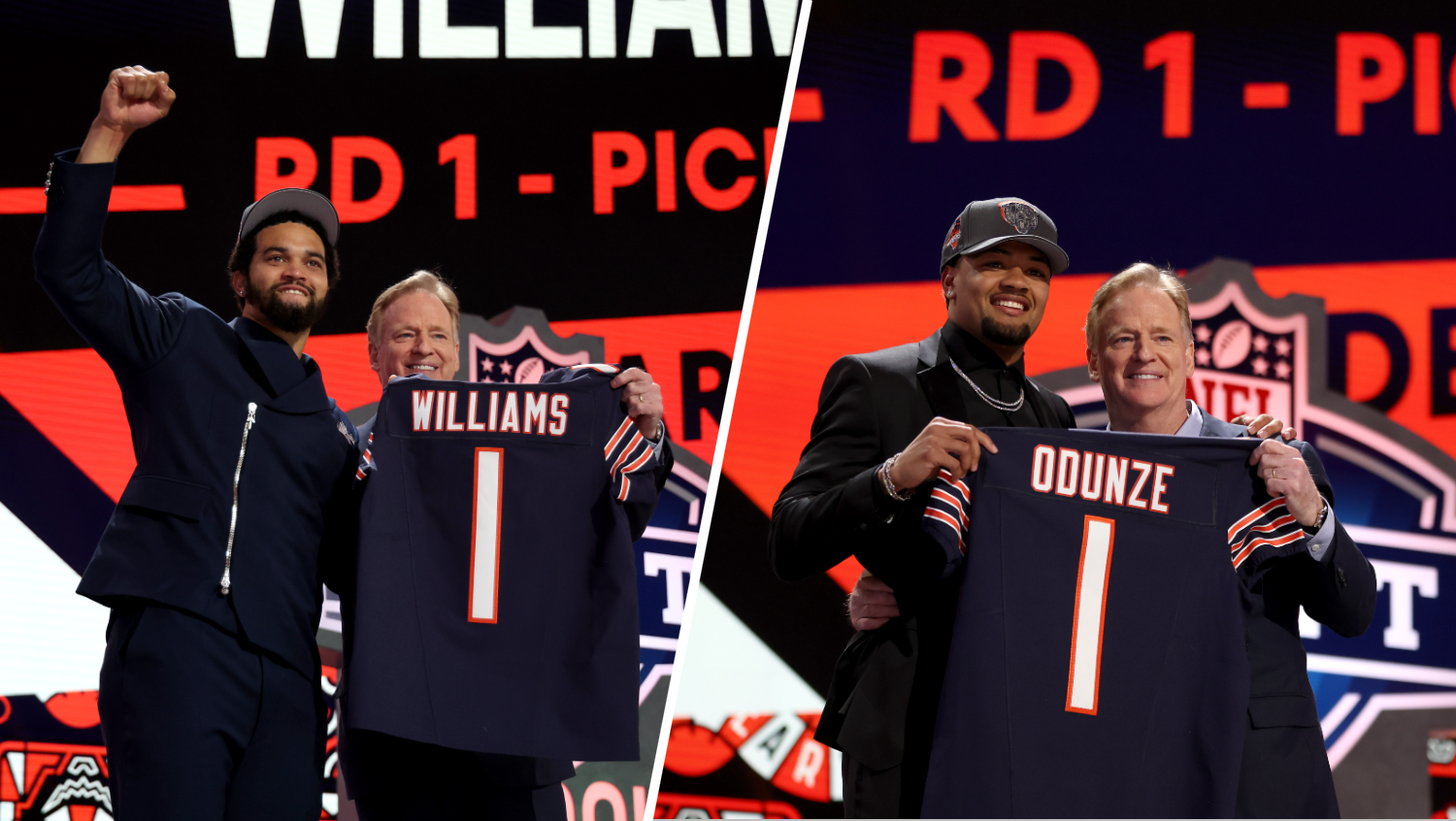A sizzling summer has prompted Illinois officials to revive a program that helps poor families cool their homes.
The state has set aside $10 million for the financial aid, or enough to help about 60,000 households.
Help with the cost of air conditioning had been routine in Illinois as part of LIHEAP, the Low-Income Home Energy Assistance Program. But that help was canceled last year when federal funds were cut. State officials decided to use all the remaining money to help pay heating bills in the winter.
This year, however, Illinois is suffering an extremely hot summer. Many areas suffered day after day of 100-plus temperatures earlier this month, and the unusually hot weather continues.
The average statewide temperature for the first half of July was 6.2 degrees above the historic average, said state climatologist Jim Angel. Preliminary data shows 186 new daily records have been set so far this month.
The heat persuaded state officials last week to dip into the LIHEAP money.
"When temperatures reach the triple digits, then we essentially have to take some of the money that would be used for the winter months and use it in the summer," said Marcelyn Love, a spokeswoman for the Illinois Department of Commerce and Economic Opportunity.
Local
Scott Musser, associate state director for AARP Illinois, welcomed the news.
He said the cooling-assistance program has been helpful in the past. However, the number of people it can help is "pretty much a drop in the bucket" compared to the number who could use assistance, particularly when the amount of money has changed little over the years, he said.
"While we've seen energy costs going up on one side, we certainly haven't seen LIHEAP aid go up on the other side," Musser said.
People can apply for assistance until July 27 by calling 877-411-9276.
It's available to homes with senior citizens, young children or someone in poor health. To qualify, applicants must have an income of no more than 50 percent above the federal poverty line. That means a family of four could have an income up to $33,500 a year and still qualify.



